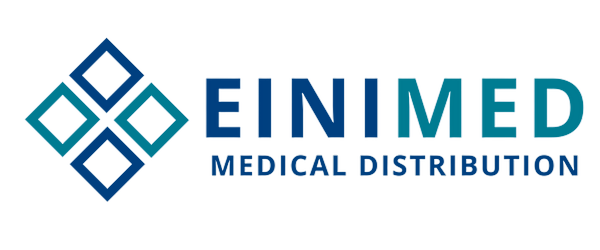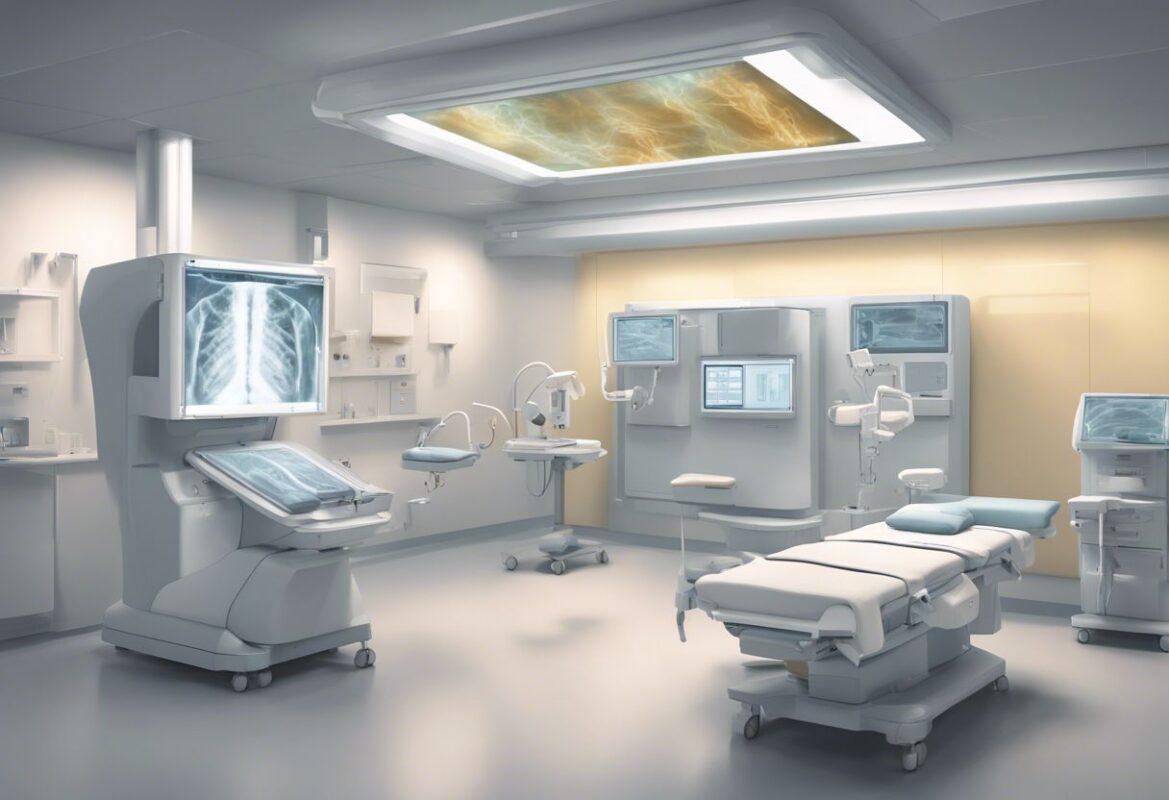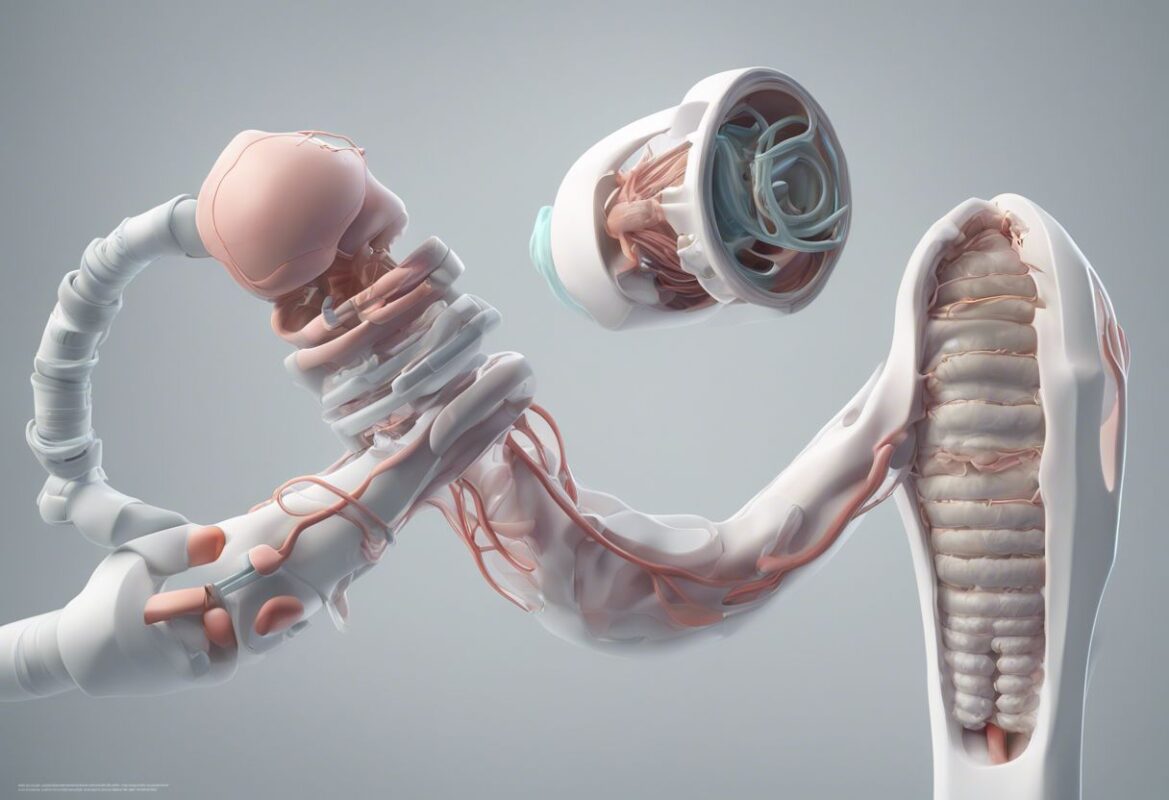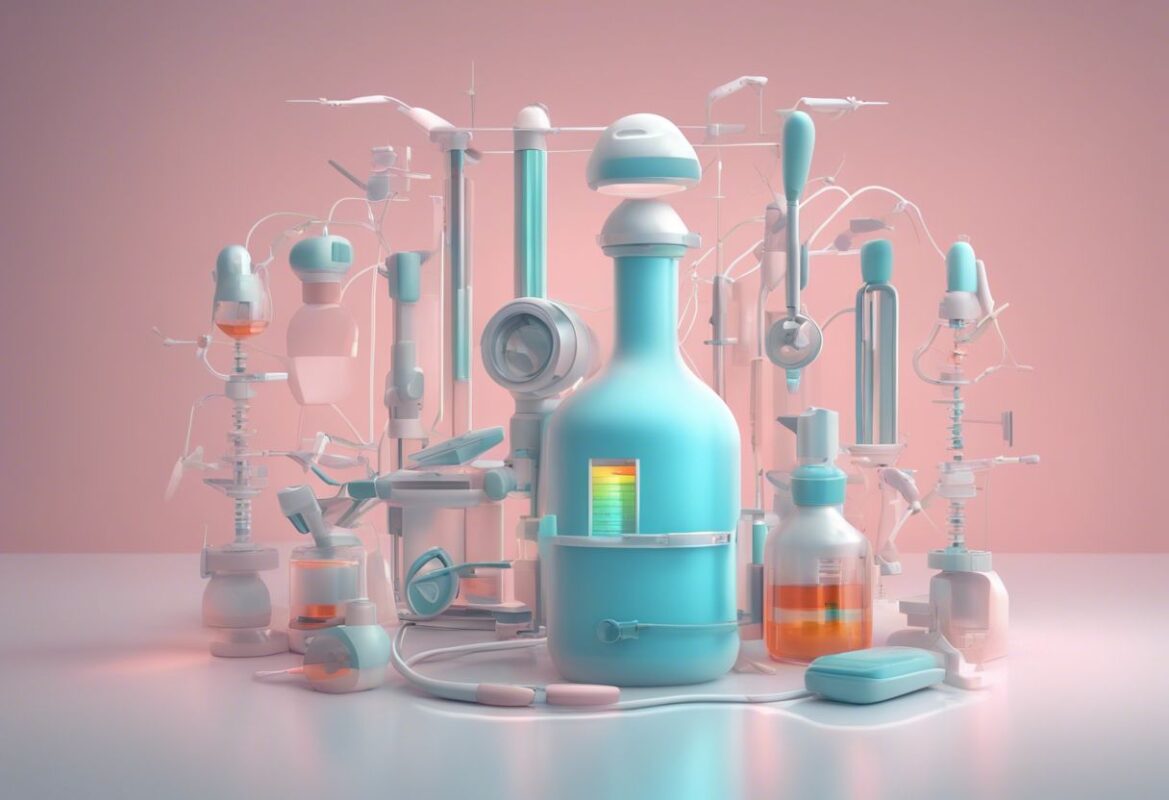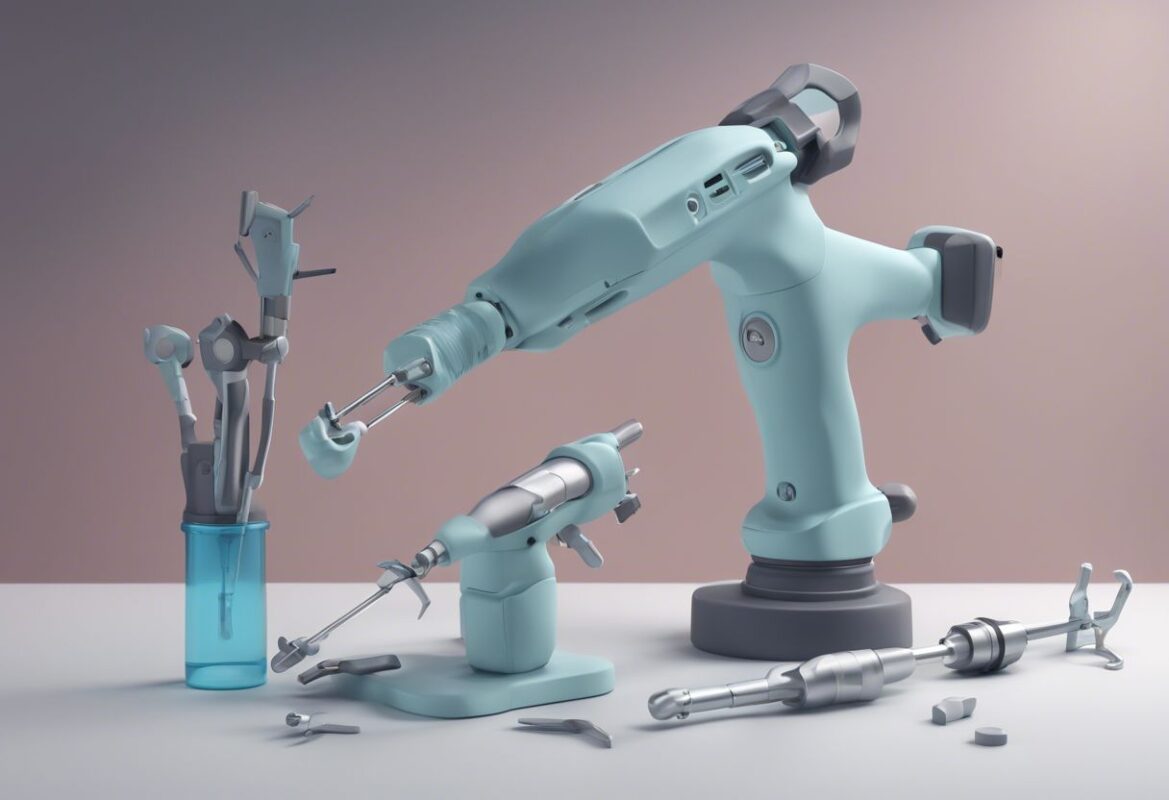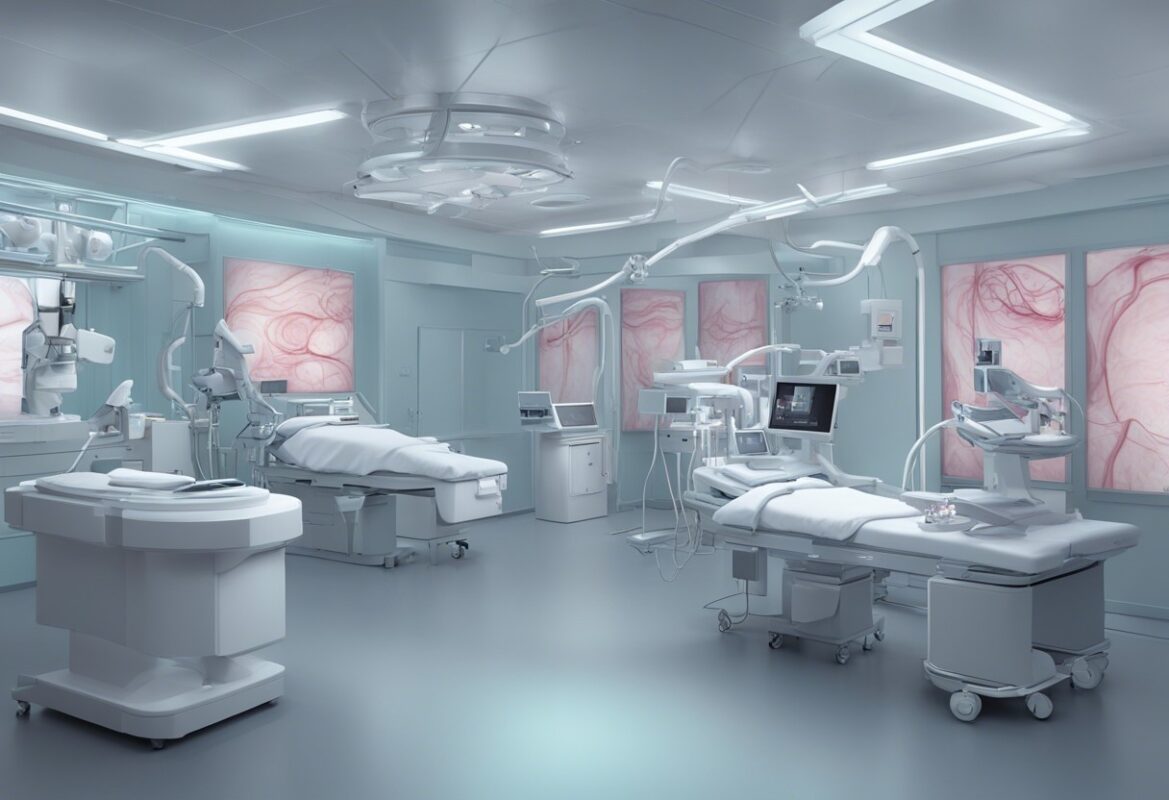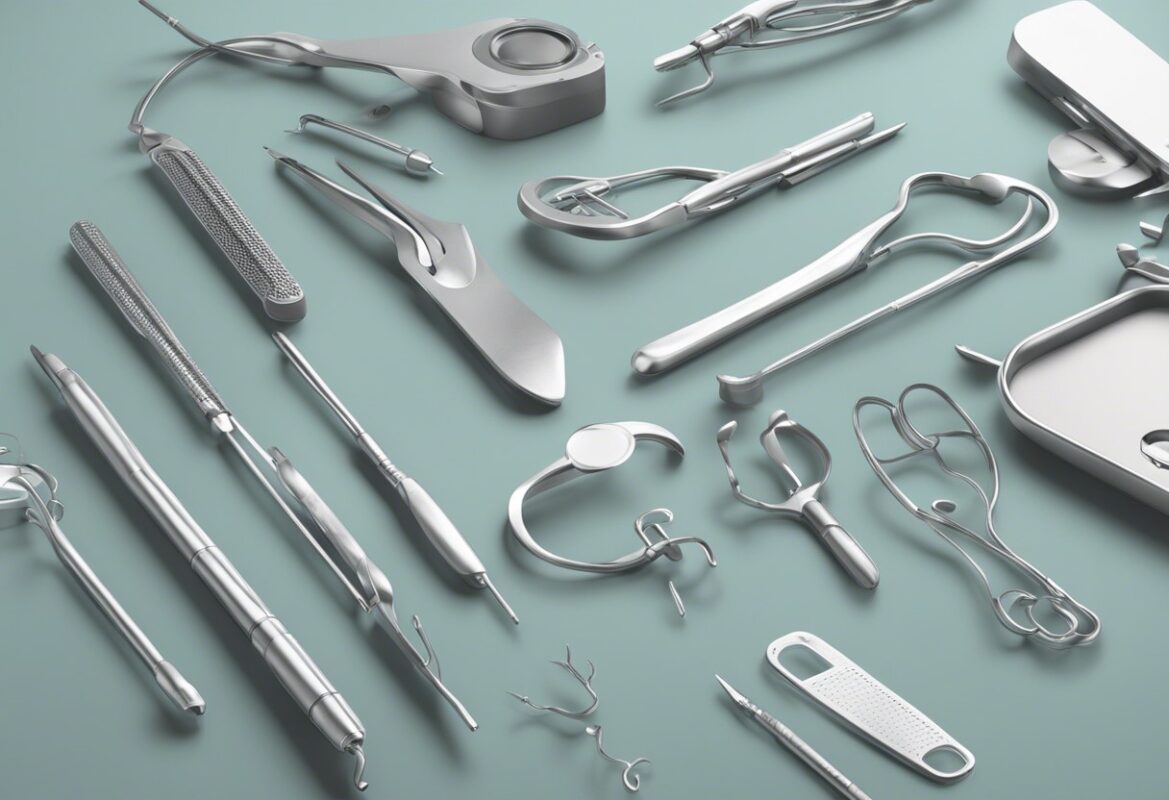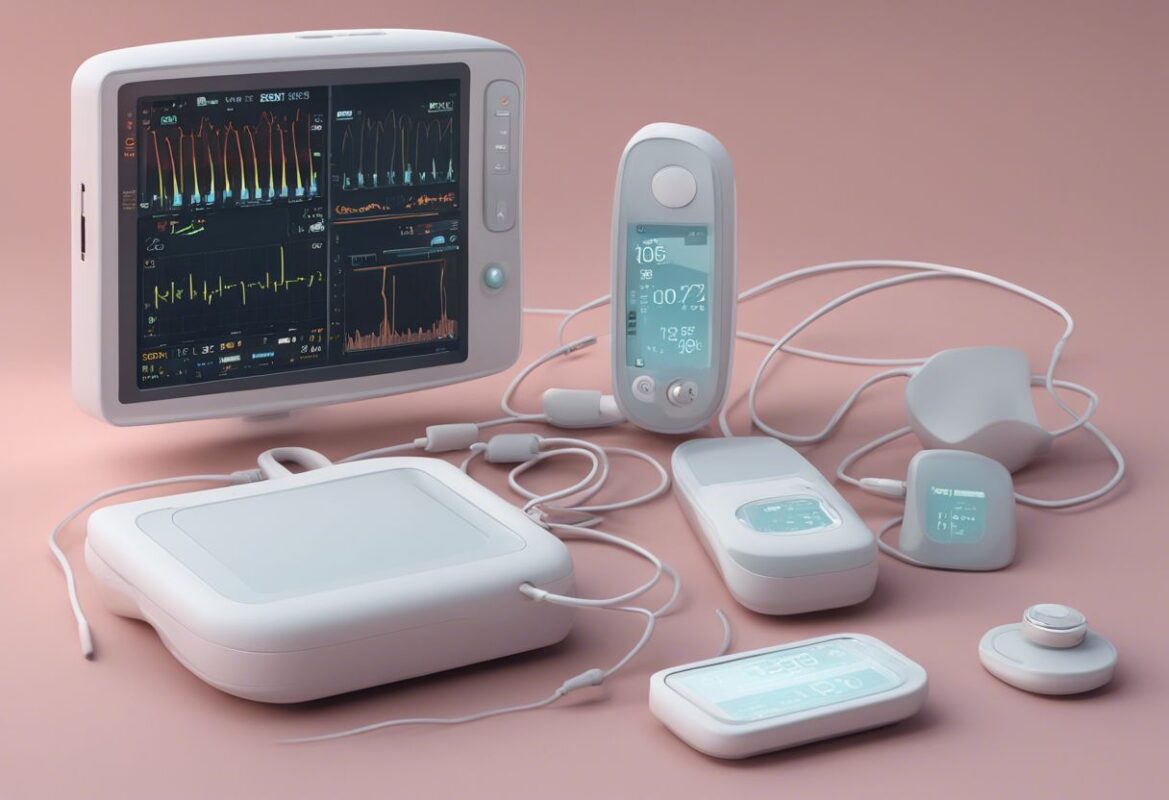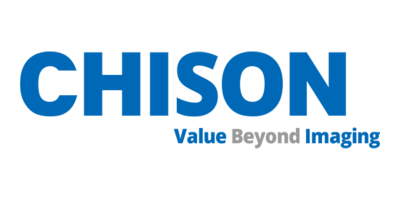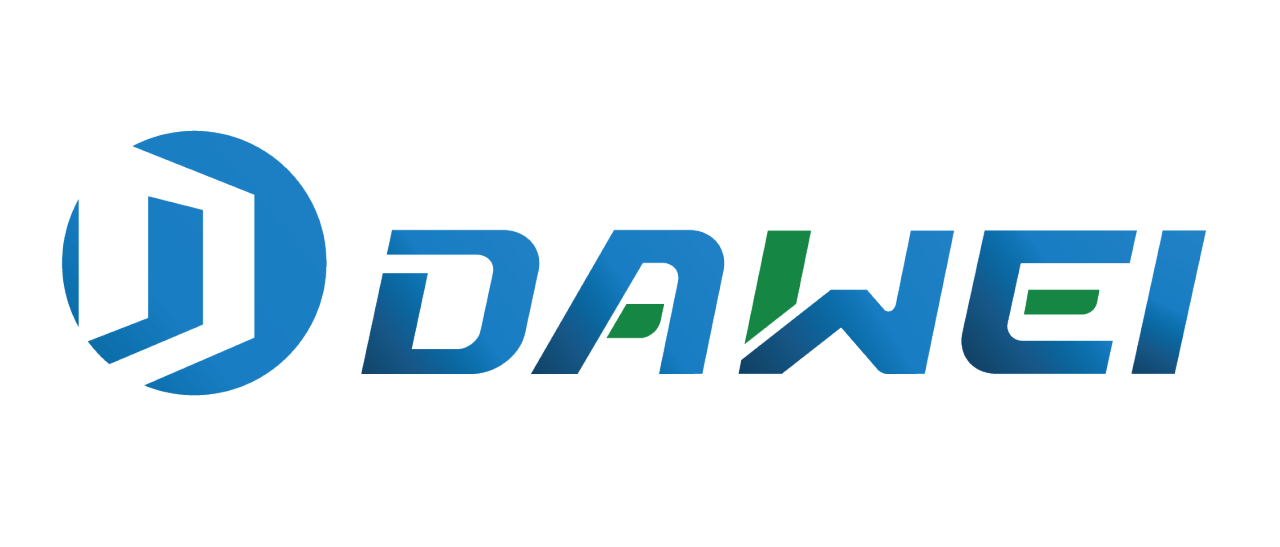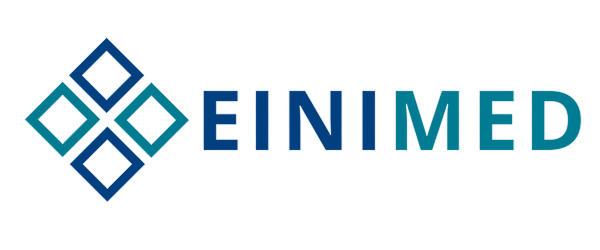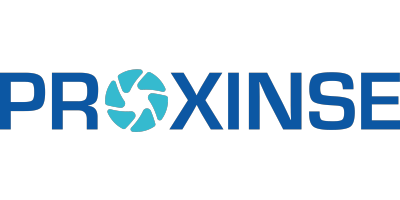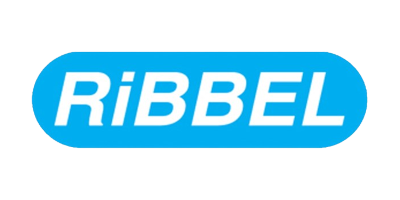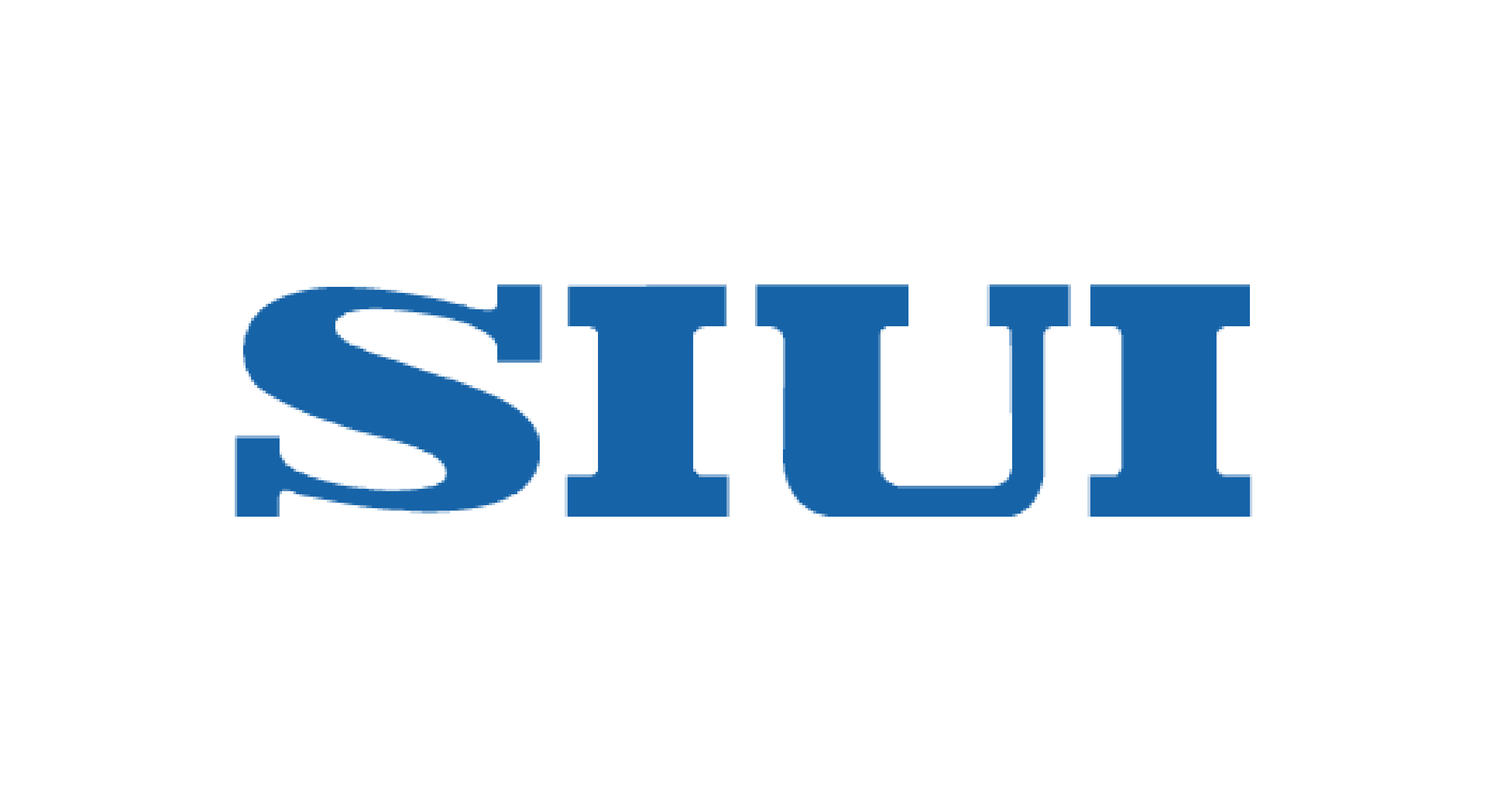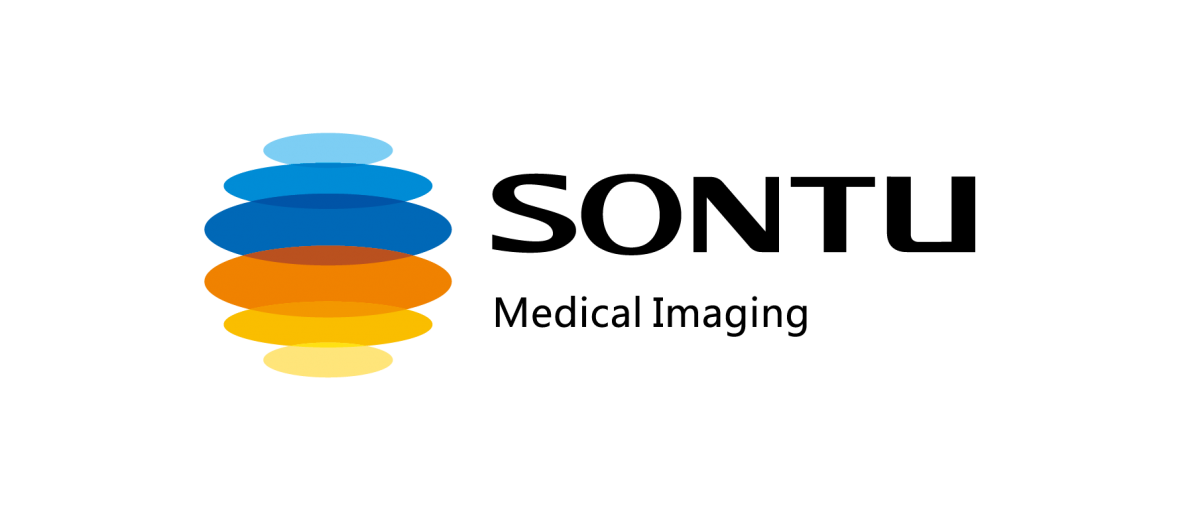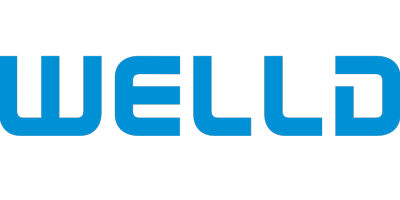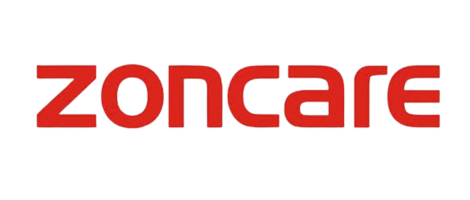Pharmacy and medicine have experienced profound advancements due to the integration of modern technologies. From drug discovery to patient care, these innovations are revolutionizing how medications are developed, dispensed, and managed. This comprehensive post explores the intersection of pharmacy, medicines, and technology, focusing on core advancements, types of technologies, and future trends that are shaping the healthcare landscape.
The Role of Technology in Pharmacy and Medicines
Technology is enhancing every aspect of pharmacy and medicine, making processes more efficient, improving patient outcomes, and ensuring the safety and efficacy of medications. Key areas influenced by technological advancements include drug discovery, pharmacy automation, personalized medicine, and patient management.
Core Types of Technologies in Pharmacy and Medicine
1. Drug Discovery and Development
Overview
Technological advancements are accelerating the drug discovery process, making it more efficient and cost-effective. These technologies include computational drug design, high-throughput screening, and artificial intelligence (AI).
Key Technologies
- Computational Drug Design: Uses computer simulations to predict how drugs interact with biological targets, speeding up the identification of potential drug candidates.
- High-Throughput Screening (HTS): Automated systems that test thousands of compounds for biological activity, identifying promising drug candidates faster.
- Artificial Intelligence (AI) and Machine Learning: AI algorithms analyze vast datasets to identify patterns and predict drug efficacy, toxicity, and side effects.
Benefits
- Speed and Efficiency: Accelerates the drug discovery process, reducing time to market.
- Cost Reduction: Lowers the cost of drug development by identifying promising candidates early.
- Improved Accuracy: Enhances the accuracy of drug design and reduces the likelihood of failure in later stages.
2. Pharmacy Automation
Overview
Automation in pharmacy settings enhances the efficiency of medication dispensing, reduces errors, and frees up pharmacists to focus on patient care. Automated systems include robotic dispensers, automated pill counters, and computerized prescription order entry (CPOE) systems.
Key Technologies
- Robotic Dispensers: Automate the process of dispensing medications, ensuring accuracy and efficiency.
- Automated Pill Counters: Count and package pills with high precision, reducing the risk of human error.
- Computerized Prescription Order Entry (CPOE): Allows healthcare providers to enter prescriptions directly into a computer system, reducing transcription errors and streamlining the workflow.
Benefits
- Increased Efficiency: Speeds up the dispensing process, allowing pharmacists to serve more patients.
- Error Reduction: Minimizes human errors in medication dispensing and dosing.
- Improved Workflow: Streamlines pharmacy operations, allowing pharmacists to focus on clinical tasks and patient interaction.
3. Personalized Medicine
Overview
Personalized medicine tailors treatments to individual patients based on their genetic makeup, lifestyle, and environment. Technologies enabling personalized medicine include genetic testing, pharmacogenomics, and advanced diagnostics.
Key Technologies
- Genetic Testing: Analyzes patients’ DNA to identify genetic variations that affect drug response.
- Pharmacogenomics: Studies how genes influence a patient’s response to drugs, guiding personalized treatment plans.
- Advanced Diagnostics: Uses cutting-edge diagnostic tools to monitor and predict patient responses to therapies.
Benefits
- Tailored Treatments: Ensures patients receive the most effective medications with minimal side effects.
- Improved Outcomes: Enhances treatment efficacy and reduces adverse reactions.
- Cost Savings: Reduces trial-and-error prescribing, leading to more efficient use of healthcare resources.
4. Digital Health and Mobile Applications
Overview
Digital health technologies, including mobile applications and telemedicine, are transforming patient care by improving access to medications, enhancing medication adherence, and enabling remote consultations.
Key Technologies
- Mobile Health Apps: Applications that help patients manage their medications, track health metrics, and communicate with healthcare providers.
- Telemedicine Platforms: Enable remote consultations, prescription management, and follow-up care.
- Electronic Health Records (EHRs): Integrate patient data, providing a comprehensive view of patient health and medication history.
Benefits
- Improved Access: Increases access to healthcare services, especially for patients in remote areas.
- Enhanced Adherence: Encourages medication adherence through reminders and educational resources.
- Better Patient Engagement: Facilitates communication between patients and healthcare providers, improving patient engagement and outcomes.
5. Advanced Drug Delivery Systems
Overview
Innovative drug delivery systems improve the efficacy and safety of medications by controlling the release, targeting specific tissues, and enhancing absorption.
Key Technologies
- Nanotechnology: Uses nanoparticles to deliver drugs directly to target cells, reducing side effects and improving efficacy.
- Sustained-Release Formulations: Controls the release of medications over time, maintaining therapeutic levels for extended periods.
- Transdermal Patches: Deliver drugs through the skin, providing a non-invasive and controlled method of administration.
Benefits
- Enhanced Efficacy: Improves the delivery of drugs to target tissues, increasing therapeutic effectiveness.
- Reduced Side Effects: Minimizes systemic exposure and adverse reactions.
- Convenience: Simplifies administration and improves patient compliance.
Future Trends in Pharmacy and Medicine Technology
Artificial Intelligence and Machine Learning
- Innovation: AI and machine learning will continue to enhance drug discovery, personalized medicine, and clinical decision-making.
- Impact: Increased accuracy, efficiency, and innovation in developing and delivering medications.
Blockchain for Secure Data Management
- Innovation: Blockchain technology will be used to secure patient data, track medication supply chains, and ensure the authenticity of pharmaceuticals.
- Impact: Enhanced security, transparency, and trust in the pharmaceutical supply chain.
3D Printing of Medications
- Innovation: 3D printing technology will enable the creation of customized medications with precise dosages and combinations.
- Impact: Personalized medication regimens, improved patient adherence, and reduced medication waste.
Wearable Health Devices
- Innovation: Integration of wearable devices with pharmacy management systems to monitor patient health metrics and adjust medications in real-time.
- Impact: Improved medication management, early detection of health issues, and personalized treatment adjustments.
Internet of Medical Things (IoMT)
- Innovation: IoMT will connect various healthcare devices and systems, providing comprehensive data for better medication management and patient care.
- Impact: Enhanced data integration, real-time monitoring, and improved patient outcomes.
Conclusion
The integration of technology in pharmacy and medicine is transforming healthcare by improving the efficiency, safety, and personalization of medication management. From advanced drug discovery methods and pharmacy automation to personalized medicine and digital health solutions, these innovations are revolutionizing how healthcare is delivered. As technology continues to evolve, the future of pharmacy and medicine promises even greater advancements, including AI-driven drug discovery, blockchain for secure data management, and 3D printing of medications. By embracing these technological advancements, healthcare providers can enhance patient care, improve outcomes, and ensure the safe and effective use of medications.
